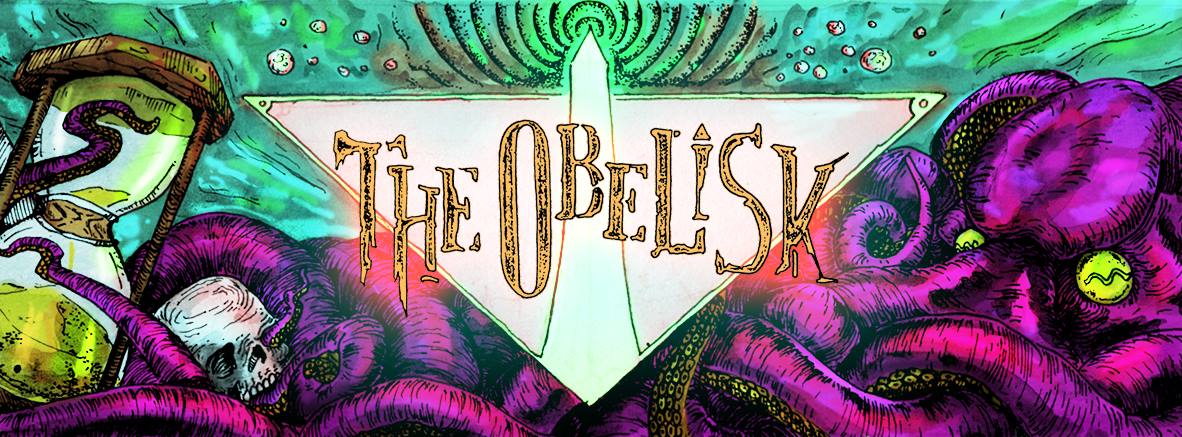The Dead-End Alley Band, Whispers of the Night: Finding the Reaches
With heavy nods along the way to Pink Floyd, early Alice Cooper and The Beatles, young Peruvian psychedelic rockers The Dead-End Alley Band conjure a classic moodiness throughout their full-length debut, Whispers of the Night, beginning with the immediately meditative vibing of opener “Mirrors and Seagulls.” More or less an introduction, the song still manages to set up a good deal of the spirit of the Lima-based act’s first outing, released on CD by Ice Label Records in Peru with vinyl through Nasoni. A spare, peaceful guitar sets out in minimalist exploration, slow, patient, but still moving, and toward the very end, a brief spoken word takes hold to smooth the transition into the rest of the 52-minute album, which is engaging and varied in approach but consistent in overall mood and the feel that the group’s core duo of guitarist/bassist/vocalist Javier Kou and vocalist/key-specialist (organ, piano, synth, etc.) Sebastian Sanchez-Botta are able to elicit throughout the total 10 tracks.
Structurally, the material is pretty straightforward, but there’s a wandering sensibility all the same, and in the compression of the bass tone and snare drum (it sounds like a real drummer, but might be programmed), the textures of the organ and synth, the layering of the vocals, The Dead-End Alley Band immediately conjure a ’70s LP vibe. Fifty-two minutes is long for that kind of feel — usually one encounters a more vinyl-ready 35-45 minutes — but they make the time work well, adding Eastern flair to “Lizards and Snakes” in following the traditional psych-folk of the title-track, into which “Mirrors and Seagulls” almost directly bleeds. Tradeoffs between the two singers in the lead role adds to the diversity as “Lizards and Snakes” gives way to the organ-and-bass-led creepiness of “Centuries,” which includes a somewhat surprising mash of news samples that, perhaps contrary to the band’s mission of psychedelic traditionalism, pull the listener into a more modern sphere with references to Japan’s Fukushima disaster and Today Show host Matt Lauer. The results are sonically fluid, but somewhat incongruous in theory, the late ’60s Floydian modus crashing into modern realities. Maybe that blend is what brought about the title “Centuries” in the first place, but it’s striking either way.
Still, the warm bass drum sound and tonality keeps a classic feel going, and that continues into the mostly instrumental “Bring Me back Home,” which takes a vague surf rock influence and gives it an otherworldly touch, leading to the organ-ic atmosphere of “Nightmare Time,” a slow progression that seems to just be waiting for Roger Waters to ask if there’s anybody in there. “Nightmare Time” earns its name with the later devolution into heartbeat-backed organ fits, but ultimately finds steady resolution, letting “Soul Sucker Blues” tap into a more boogie-fied thrust, given subtle atmosphere by synth lines but ultimately grounded by verses that follow the bounce of the bass, drums and keys. Piano and guitar trade solos, but it’s the latter that wins out on the way to a last verse that caps the song with a second vocal soar. Quietly, the subsequent “Trapped inside a Lava Lamp” emerges through a gradual fade as Whispers of the Night‘s most horrordelic moment. By this point, there has been plenty of up and down on the record, but the production has kept the flow in check, so that the turns are easy enough to make along with the band. They delight in the weirdness of “Trapped inside a Lava Lamp,” and rightly so. At just under seven minutes, it has room to break to ambient noise just past its midsection and restart in time to finish cohesively, a long fade leading to the bluesy semi-twang of “It’s too Late.”
But for concluding outro “This Trip is Over (Time to Get Home),” “It’s too Late” is the finale of the album, and The Dead-End Alley Band use the time to introduce a bit of Velvet Underground brooding to their already-complex sound, though the guitar is straight-up blues. It works deceptively well and the repeated progression is hypnotic, topped with vague, spoken vocals that shift at 6:30 to a smooth jam worthy of an Endless Boogie comparison that serves to finish. I’m not sure they needed the outro, with its a capella experimentation over sampled wind, but it at least fits with the rest of Whispers of the Night‘s soulful strangeness. There’s a bit of indulgence on the part of the young band, but they do well in balancing it with songwriting that’s as grounded on memorable parts as their aesthetic is far out. Some of the quieter moments bring to mind a particularly still, anti-gravity space rock, but the prevailing sensibility of Whispers of the Night is that of a group figuring out where they want to move sonically. They cover a wide range on their first outing, and whether they expand the sound from here or contract it and find a niche from the varied elements presented in these songs, their endeavor has begun at a point that feels fueled by excitement at the possibilities.
The Dead-End Alley Band, Whispers of the Night (2013)
The Dead-End Alley Band on Thee Facebooks
The Dead-End Alley Band on Bandcamp
Tags: Ice Label Records, Lima, Peru, The Dead-End Alley Band, The Dead-End Alley Band Whispers of the Night, The Obelisk Radio, Whispers of the Night





